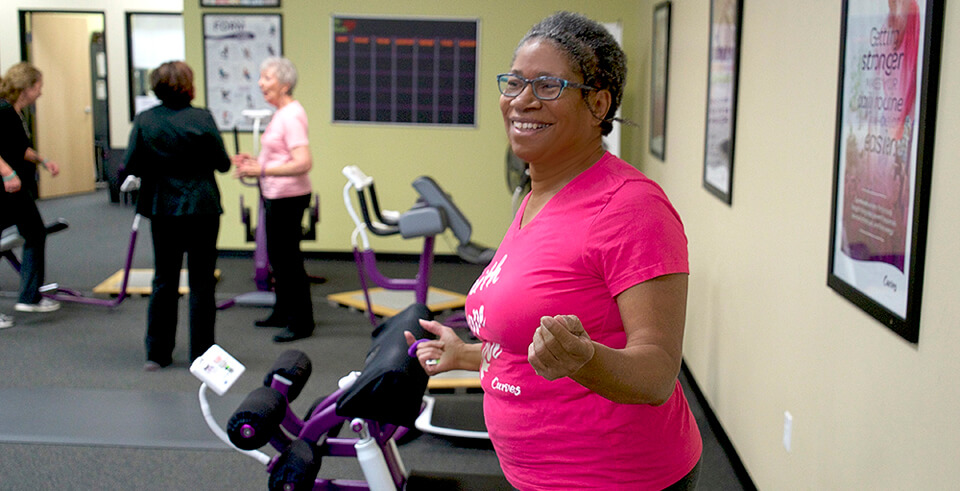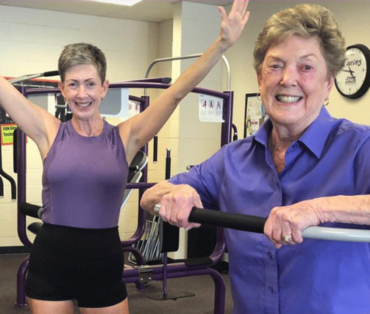Exercising During Breast Cancer Treatment
A breast cancer diagnosis can bring a whole host of other health-related challenges that can significantly impede a woman’s ability to fight and recover from the disease. These issues cover the entire health and well-being spectrum, from depression and isolation to debilitating nausea to mastectomy. Drugs, therapies and innovative disease management techniques will all likely be part of a breast cancer patient’s comprehensive treatment plan. But in all this high-tech medical treatment is a very low-tech treatment can often be overlooked…exercise. A regular workout plan like the Curves Circuit is a powerful way to bolster physical and mental health in women going through breast cancer treatment and recovery.
Can exercise really help?
The short answer is yes. For the longer answer we can refer to a 2014 medical literature review1 published in the World Journal of Clinical Oncology. In the review, researchers analyzed recently published data on the effect of exercise on patients with breast cancer. They found evidence that regular exercise after breast cancer diagnosis improves mortality, morbidity, health related quality of life, fatigue, physical functioning, muscle strength, and emotional wellbeing. Based on their findings, the researchers concluded that “breast cancer patients should be recommended to participate in rehabilitation programs including aerobic and strength training.”
What kinds of exercises can I do during my treatment?
Believe it or not, common sense has a lot to do with answering this question. For example, if you didn’t exercise much before your diagnosis, you will want to start slowly and gradually work up to a more vigorous full body workout. The Curves Circuit is ideal for anyone, no matter where they are on their fitness regimen, because you can adjust your intensity on the machines as you get stronger. Pay attention to your body as you exercise. If a whole body workout causes you to become overly tired or feel pain, pare back a little. Self-care is important as you undergo treatment for cancer.
If you did follow a regular workout plan before you were diagnosed, chances are you will be able to continue that routine. In both cases, however, you will need clearance from your doctor before you begin. As the studies mentioned above suggest, aerobic exercise is particularly beneficial during treatment as it helps strengthen cardiopulmonary function and reduces fatigue. The mental health benefits of exercise are also powerful and can ward off depression and boost overall wellbeing during cancer treatment.
Precautions you should take:
- Always talk to your doctor before starting any workout plan.
- Start getting in shape slowly and with minimal repetitions; then build gradually.
- Stop exercising and call your doctor if you have worsening pain, get light-headed or experience any unusual or uncomfortable symptoms.
1 World Journal of Clinical Oncology








